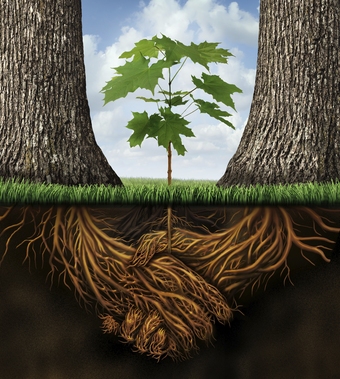Embrace the bad stuff: turning crisis into opportunity
First published in the Guardian, December 19, 2013.
My years of work as a radical environmentalist in concert with multinational business has inspired me to believe that we can change our mindset from “Why don’t they?” to “Why don’t we?” So many engineers and executives demonstrate courage, tenacity and creativity when faced with regulation or resource constraint in the pipeline.
Real opportunities for transformative change lie in preparing for crises. The National Academy of Science’s new report, Abrupt Impacts of Climate Change, states:
“To willfully ignore the threat of abrupt change could lead to more costs, loss of life, suffering, and environmental degradation … The time is here to be serious about the threat of tipping points so as to better anticipate and prepare ourselves for the inevitable surprises.”
Before Hurricane Sandy hit the US’s north-east in 2012, scientists and meteorologists warned of a likely devastating weather event on the eastern seaboard at some point. By day one after the storm, it was clear that we would spend more than $100bn on recovery. You didn’t need an expert to imagine the financial devastation. But you did need serious analyses and one helluva backbone to make smart, tough decisions on infrastructure, relocation and rebuilding.
So taxpayers (federal, regional and local), businesses and families spent this huge sum of money, and we will likely have to spend it all over again in the near future. These difficult expenditures were almost obligatory despite strong leadership from local governors and mayors. We were simply not prepared for this predictable event. We do not have our transition agenda in place.
We are already between a rock and a hard place and we have no Plan B. We must now have



